Henna, derived from the Lawsonia inermis plant, is a natural dye used for hair coloring and temporary tattoos. This article will guide you through using henna for hair and skin, detailing its benefits, application methods, preparation, and safety tips.
Key Takeaways
Henna, derived from the Lawsonia inermis plant, has been used for over 5000 years for its dyeing properties and offers benefits for both hair and skin.
The application of henna paste can be customized using natural ingredients, and proper aftercare is essential to prolong the intensity of both hair dye and temporary body art.
Safety is paramount; while natural henna is generally safe, black henna can cause severe allergic reactions due to harmful additives, emphasizing the importance of understanding the source and quality of henna products.
Understanding the Henna Plant
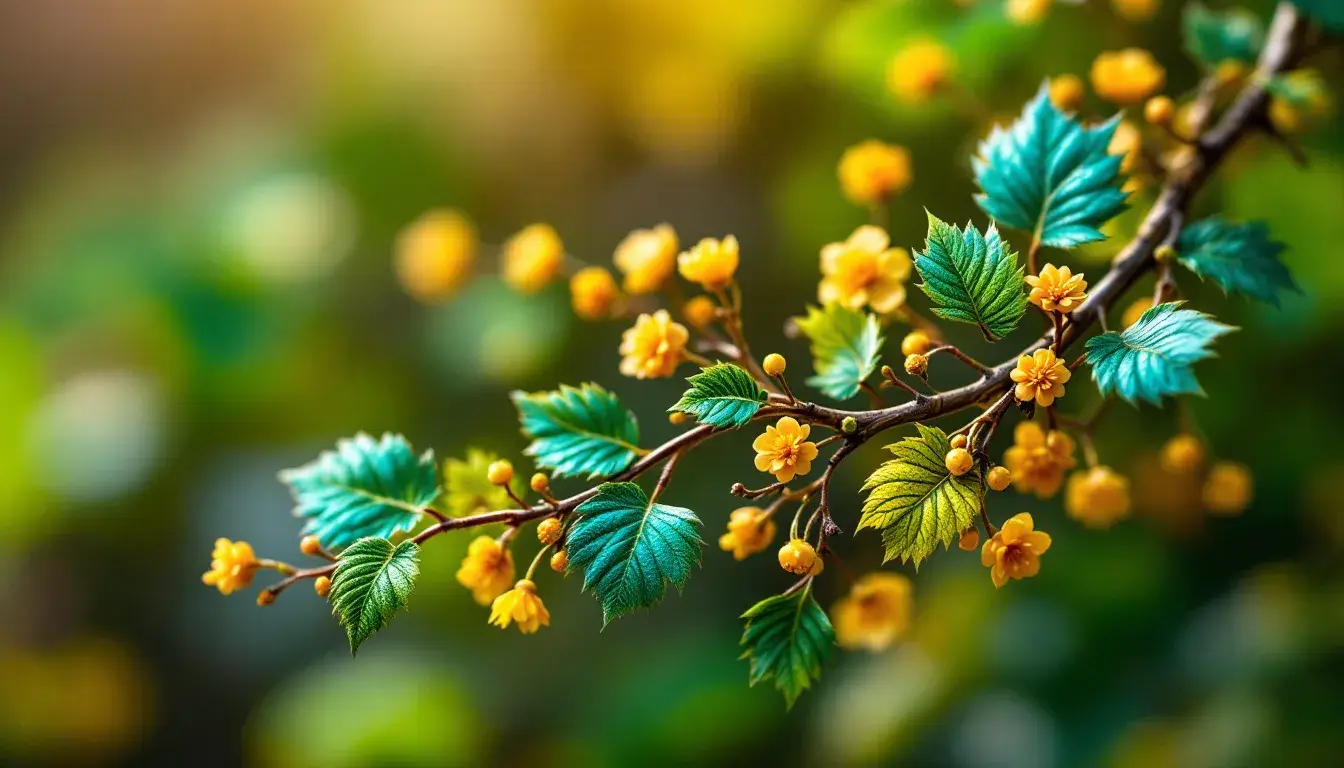
The henna tree, known in the scientific community as Lawsonia inermis, thrives optimally within tropical and subtropical environments where the soil promotes good drainage. This plant has been held in high regard for its dye-producing abilities for millennia, with a history spanning over 5000 years across regions such as India, Pakistan, Africa, and notably the Middle East. The molecule responsible for henna’s distinctive reddish-orange staining capability is lawsone. This substance interacts with keratin found in hair and skin to leave behind its signature hue.
To truly appreciate the diverse uses of henna requires knowledge about both its biology and historical cultural practices. Gaining insights into not only the nature of the henna tree but also how its leaves are harvested and processed contributes significantly to our understanding of traditional methods that have leveraged this unique plant’s properties.
The Henna Tree (Lawsonia inermis)
The henna tree, Lawsonia inermis, can grow to impressive heights of 2 to 8 meters and thrives in warm climates, with temperatures reaching up to 120°F degrees. Its green, oval-shaped leaves grow in pairs along thorn-free branches, and its small white flowers bloom in large clusters.
Found in regions like Pakistan and India, the henna tree is a resilient plant that can adapt to various environments, from tropical forests to deserts.
Harvesting and Processing Henna Leaves
Henna leaves are collected during the flowering stage for their highest dye content. They are dried, crushed, and sifted to create a fine powder that forms the henna dye when mixed with liquid.
Quality commercially packaged henna powder, especially from certified sources, ensures the best results for both hair and skin applications.
Making Henna Paste
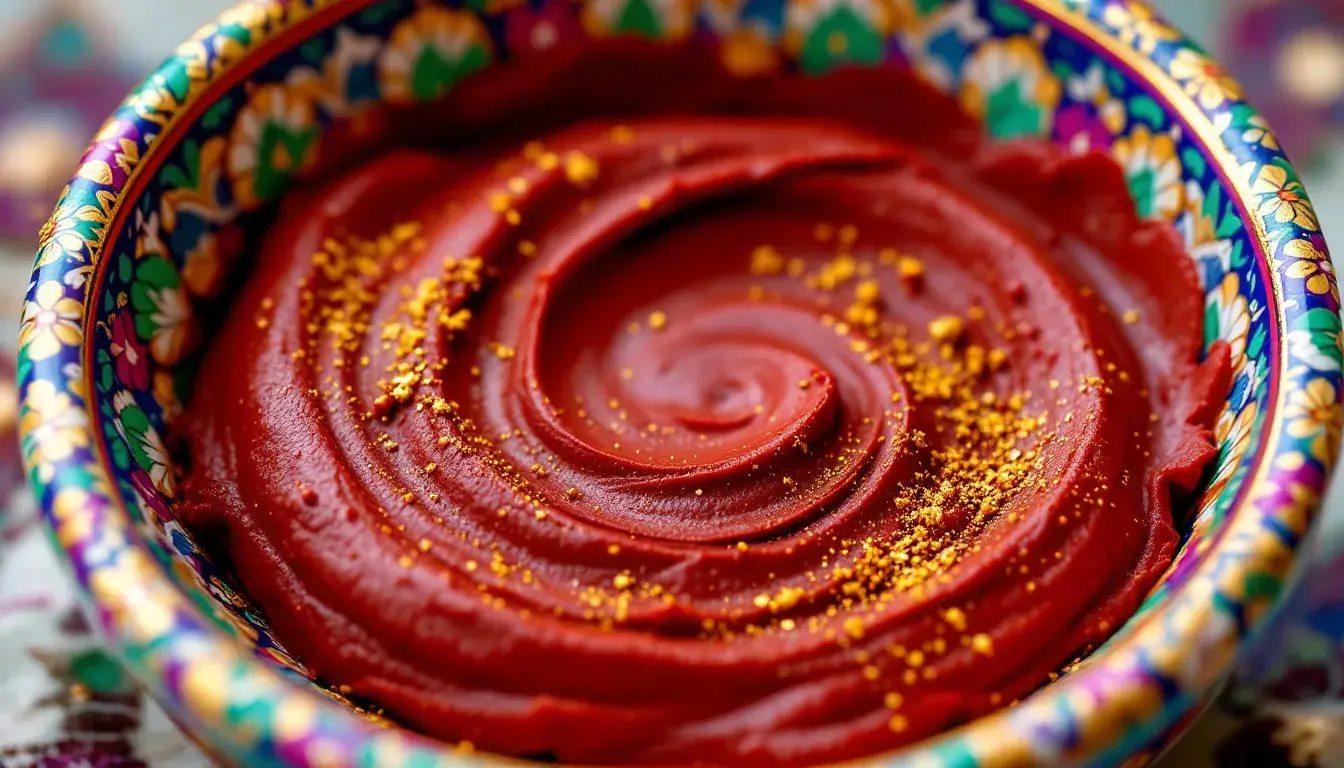
Making henna paste at home allows for customization of its consistency, fragrance, components, and overall quality. It can be specifically adjusted to meet individual requirements when used either as a dye for hair or for creating body art.
Ingredients Needed
To create henna paste, one must combine fresh henna powder, water, lemon juice, and strong tea. The addition of lemon juice facilitates the release of the dye from the paste. Essential oils such as tea tree oil are also incorporated to improve both the ease of application and the conditioning effects.
A greenish-brown hue in fresh henna powder signifies its quality for more effective staining results. To preserve any remaining powder’s potency after use, it should be kept frozen.
Mixing the Paste
Start the preparation of henna paste by sieving the powder to eliminate any clumps. Mix together all dry components and slowly incorporate liquid ingredients until you achieve a consistency that is easy to work with.
Fine-tune the ratio of liquid to powder in order to obtain your preferred thickness, altering the mixture so that it becomes either more viscous or more fluid according to your requirements.
Letting the Paste Rest
Allowing the henna paste to sit for a period between 1 and 48 hours improves the quality of the dye, with longer periods yielding more intense dye results.
During this resting time, the dye develops fully, which leads to a deeper and brighter stain.
Applying Henna to Skin

Renowned for producing exquisite, ephemeral designs on the skin, henna is a natural dye celebrated for its safety in creating temporary tattoo art. It’s harmful for the majority of individuals. Those with specific health issues and children under six should refrain from using it.
To avoid accidental staining on both your clothes and skin while applying henna body art, take appropriate precautionary measures. The allure of these patterns endures between one to three weeks, allowing for a delightful but fleeting method of artistic self-expression.
Preparing the Skin
For a more intense and enduring henna stain, it’s crucial to start with clean skin. Use soap and water to wash away any lotions, oils, or impurities that might be present on your skin.
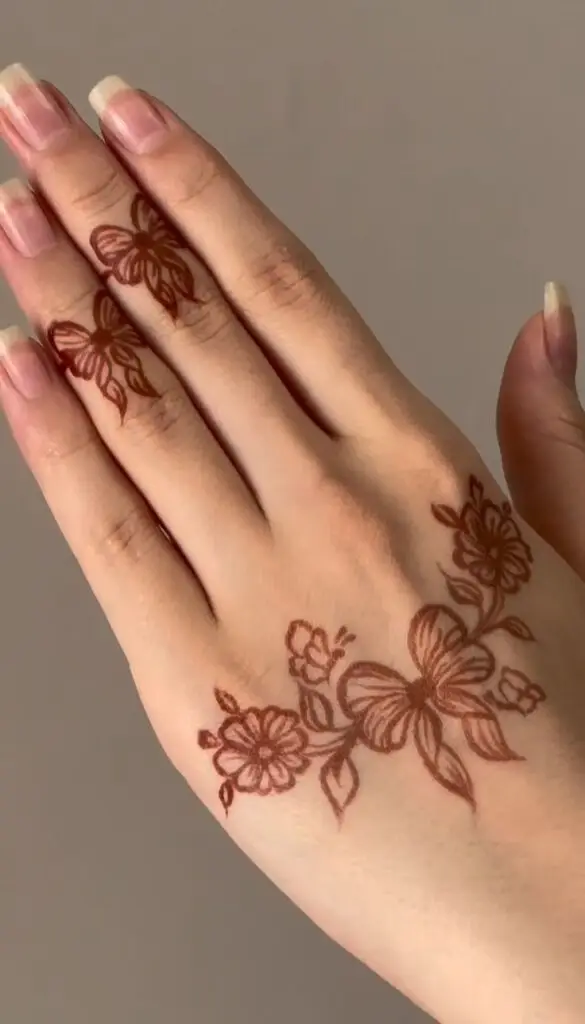
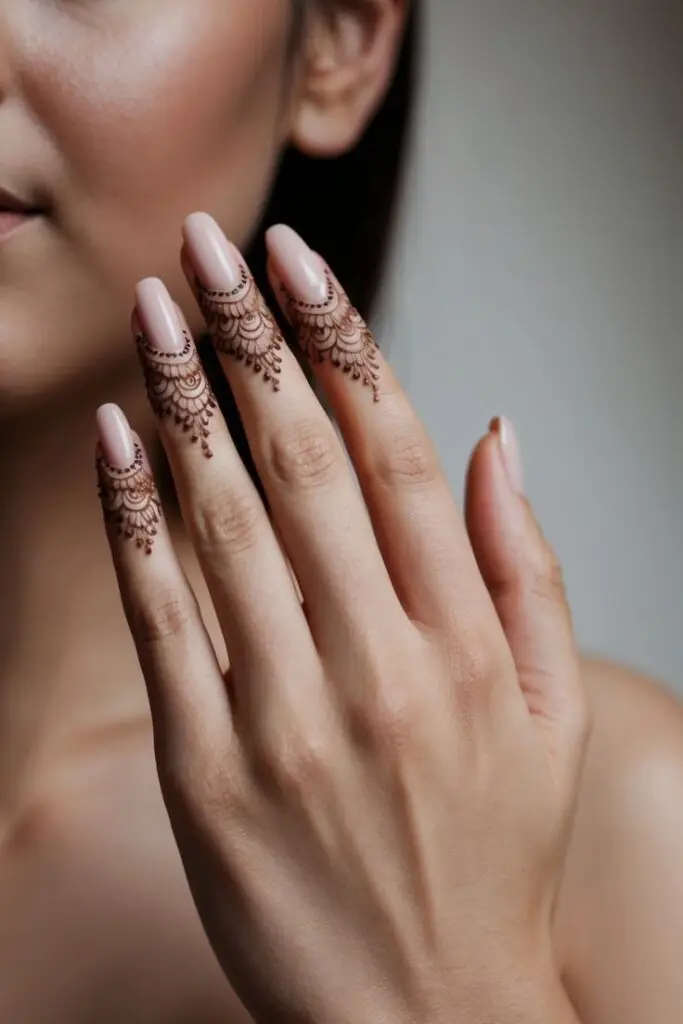
Prior to the application of the henna paste, ensure that your skin is fully dry. This step is essential for achieving maximum adhesion of the henna and securing an optimal stain result.
Creating Designs
Creating elaborate designs with henna requires both a stable hand and imaginative flair. To enhance the paste’s texture for smoother application, sugar or molasses can be incorporated.
The thicker skin on hands and feet typically absorbs the dye more deeply, resulting in darker stains which are often adorned with floral motifs. Should the paste have difficulty flowing from the applicator, cutting down the tip may assist in producing more delicate lines.
Aftercare
Proper aftercare prolongs the life of your henna design. Let the paste dry completely, then gently scrape off or wash away with mild soap and water.
Henna stains typically last from 4 days to two weeks, depending on skin type and care. To maintain the color, avoid excessive washing or scrubbing of the area.
Using Henna as a Natural Hair Dye

Henna serves as both a dye and a natural conditioner for hair dyes, including plant based dye options. The active compound lawsone binds with hair keratin, offering a rich orange to reddish hue that varies with natural hair color and condition.
Using henna as a hair dye promotes healthier, shinier, and stronger hair, making it a popular choice for those seeking a natural alternative to synthetic dyes.
Benefits for Hair Health

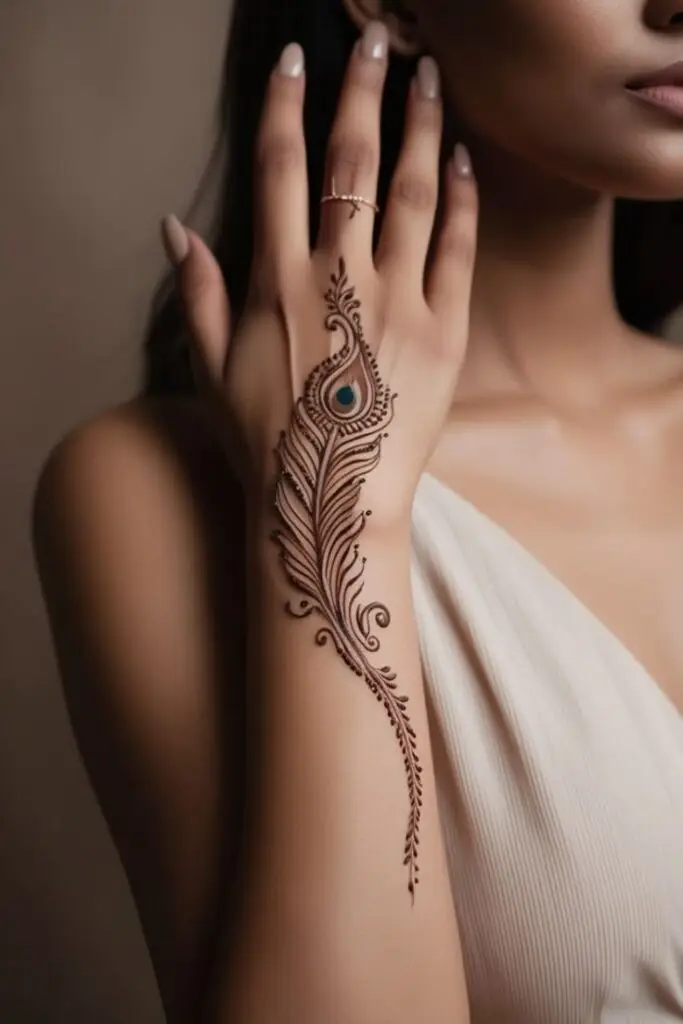
Henna enhances the robustness of hair and stimulates its growth due to its antioxidant capabilities, which bolster the hair’s structural integrity. It mitigates oxidative stress, thereby repairing damaged hair and boosting its health and durability.
For individuals aiming to improve their hair’s strength and vigor, henna serves as an outstanding choice given these advantageous properties.
Application Process
When applying henna to hair, the process is straightforward. Mix the henna powder with warm water to form a smooth paste and let it rest for a few hours. Apply the paste to clean, dry hair, covering it from roots to tips. Leave it on for a few hours before rinsing it out with water, avoiding shampoo for the first few days to maintain the color.
Henna is also hypoallergenic, making it suitable for individuals with sensitivities to synthetic dyes.
Aftercare for Dyed Hair
To maintain the bright shade of henna, it’s best to steer clear of strong shampoos right after coloring. Henna not only imparts color, but also profoundly nourishes hair, improving its texture and luster.
As time progresses, henna gradually diminishes on its own, which guarantees a smooth transition as new hair emerges.
Cultural Significance of Henna

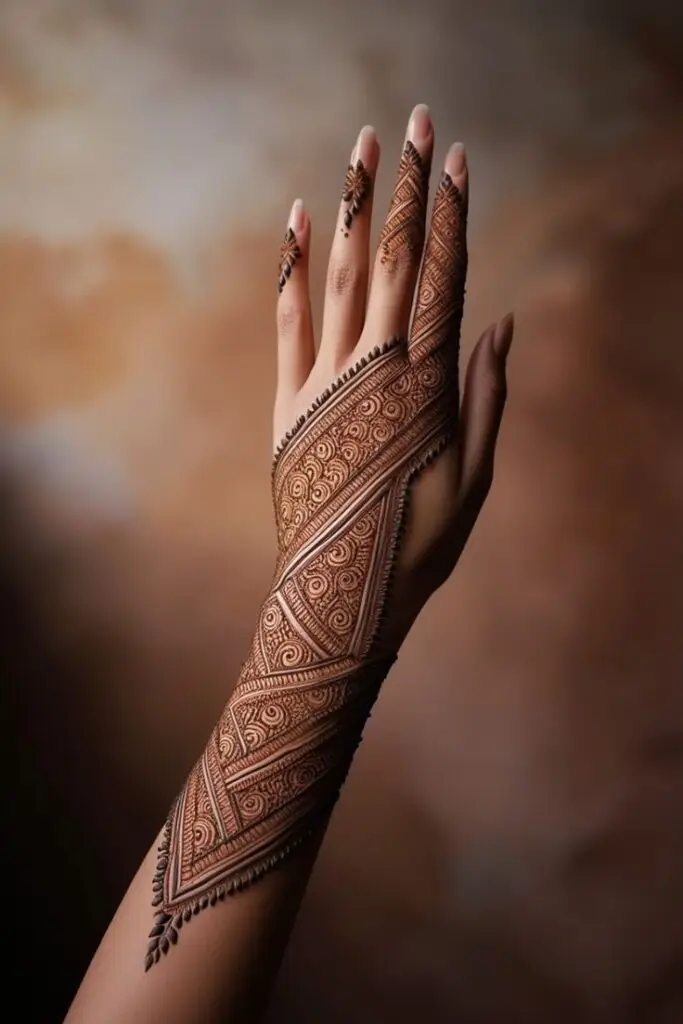
For millennia, henna has been a symbol of delight and festivity in diverse cultural practices around the globe. It graced the bodies of individuals from ancient Egypt to Rome many years ago and still retains an essential place in contemporary celebrations and ceremonies today.
Henna in Weddings
Mehndi, which adorns the bride’s hands and feet, is an essential part of numerous matrimonial rituals. During the Mehndi Night—an event before the wedding—the application of complex henna patterns takes place, embodying joy and affection.
According to certain customs, it is thought that the intensity of the mehndi stain on skin signifies how strong the love between the couple will be.
Henna in Religious Celebrations
During Muslim festivals such as Eid al-Fitr and Eid al-Adha, henna plays an important role by symbolizing happiness and celebration when applied to the hands and feet.
The act of applying henna is typically a communal event that includes family members and friends, which serves to strengthen the festive atmosphere of these gatherings.
Symbolic Meanings
Henna also carries symbolic meanings in various cultures. In Jewish weddings, elders apply henna to bless the couple with health and security. The Arabic and Hebrew words for henna (‘kfr’ and ‘ko’pher’) suggest deep-rooted cultural connections, further highlighting its significance.
Safety and Precautions
Natural henna has a long-standing history of safe use, but the introduction of harmful substances like PPD (paraphenylenediamine) in black henna can result in serious health hazards. Such toxic additives are known to provoke intense skin reactions and could lead to lasting damage.
Recognizing these dangers is essential for anyone considering using henna. Precautionary measures should be taken to protect oneself from potential harm when engaging with this substance.
Natural vs. Black Henna
While natural henna imparts a temporary stain in shades of brown or reddish-brown, the use of black henna that includes PPD has been linked to serious allergic reactions among many individuals.
Opting for natural and neutral henna is typically safer as they do not contain harmful substances. This makes them more suitable options for body art and coloring hair.
Allergic Reactions
Using black henna may increase the risk of developing an allergy to hair dye and similar substances, which can trigger severe allergic reactions that could be life-threatening. Allergic responses to black henna are estimated to occur in 3% to 15% of cases. While natural henna is less prone to cause these adverse reactions, it is still advised that a patch test be conducted beforehand as a safety measure.
Legal Considerations
In the United States, while henna is accepted for hair and skin use as a natural dye sourced from the plant Lawsonia inermis, there are restrictions on body paste that has not been approved due to adulteration concerns. It is allowed when it complies with safety regulations.
Summary
Henna is a versatile and culturally rich substance that offers numerous benefits for hair and skin. By understanding the henna plant, learning how to make and apply henna paste, and recognizing its cultural significance, you can fully appreciate the beauty and tradition behind this natural dye.
Whether you’re looking to create stunning body art or enhance your hair’s health and color, henna provides a natural, safe, and effective solution. Embrace the ancient art of henna and let its vibrant hues bring joy and beauty into your life.
Frequently Asked Questions
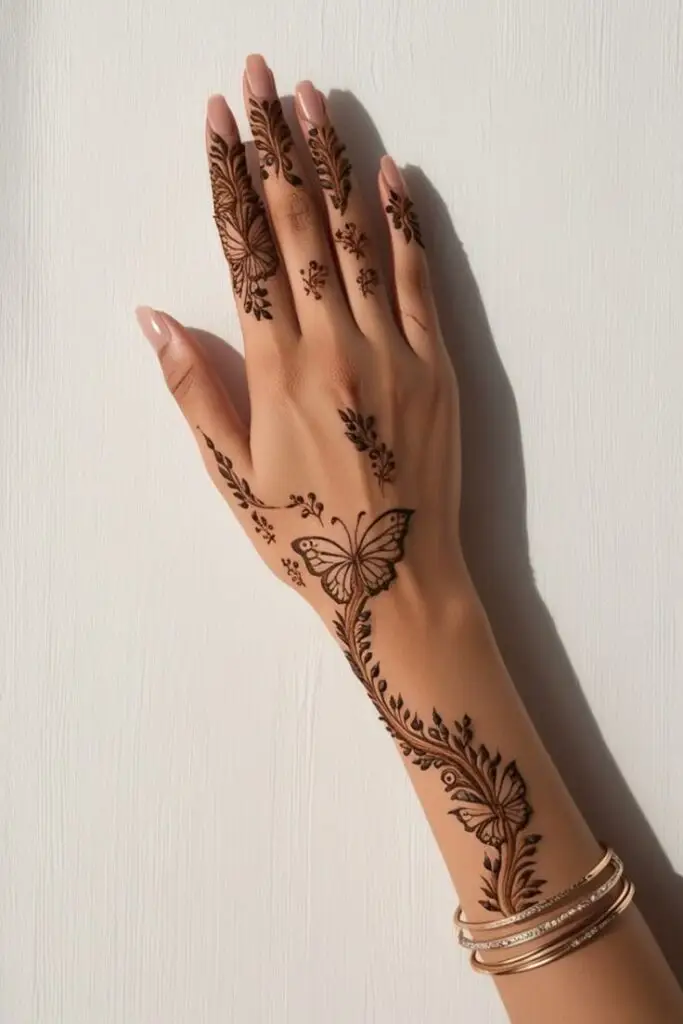
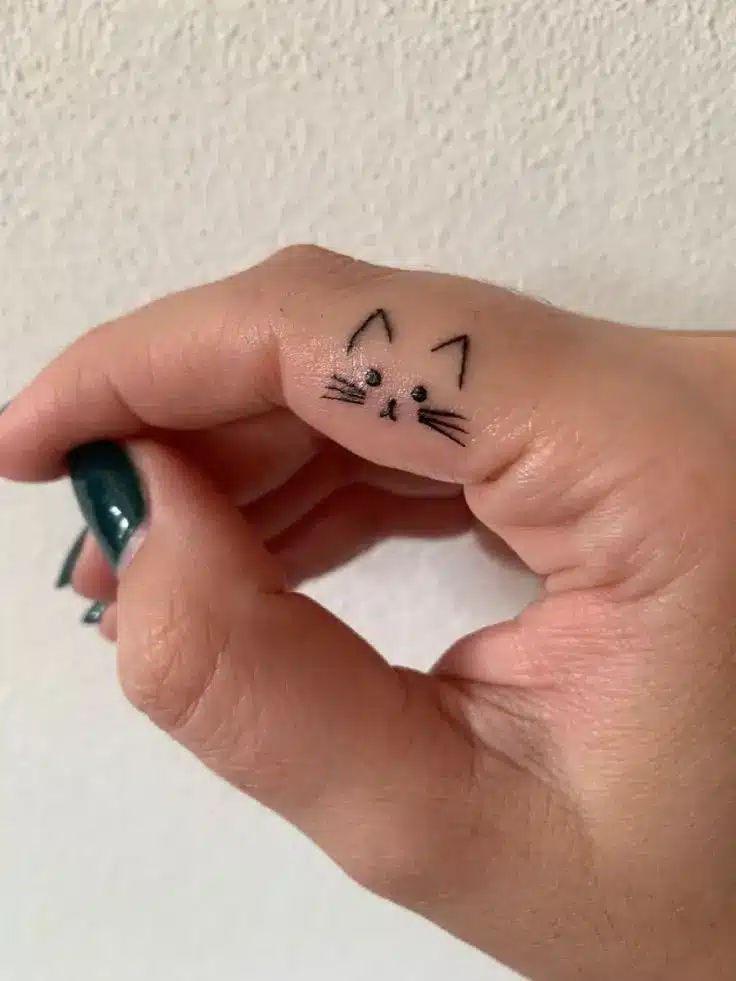
How long will henna last?
Henna tattoos generally last between four to seven days, but can extend to two weeks with proper care and the addition of natural ingredients.
However, expect significant fading to occur within just a few days after application.
What does henna do to your body?
Henna demonstrates potential benefits to the body, including anti-inflammatory and antimicrobial properties, which can help reduce skin irritation and excessive heat.
Additionally, it may aid in fighting infections and alleviating pain.
Is it okay for Christians to do henna?
It is acceptable for Christians to use henna, as it is embraced by various cultures and religious groups for celebrations. Many Christians around the world participate in this practice, viewing it as a joyful expression of life.
Why is henna illegal in the US?
Henna, particularly in its black form containing para-phenylenediamine (PPD), is illegal in the US because it includes toxic chemicals not approved for skin application.
This renders such products adulterated and unlawful for use in body decorations.
What is the best way to store leftover henna powder?** **?
The best way to store leftover henna powder is in the freezer, as this will help maintain its freshness and effectiveness for future use.
This ensures that you can enjoy the best results when you decide to use it again.
- 3.8Kshares
- Facebook0
- Pinterest3.8K
- Twitter0


